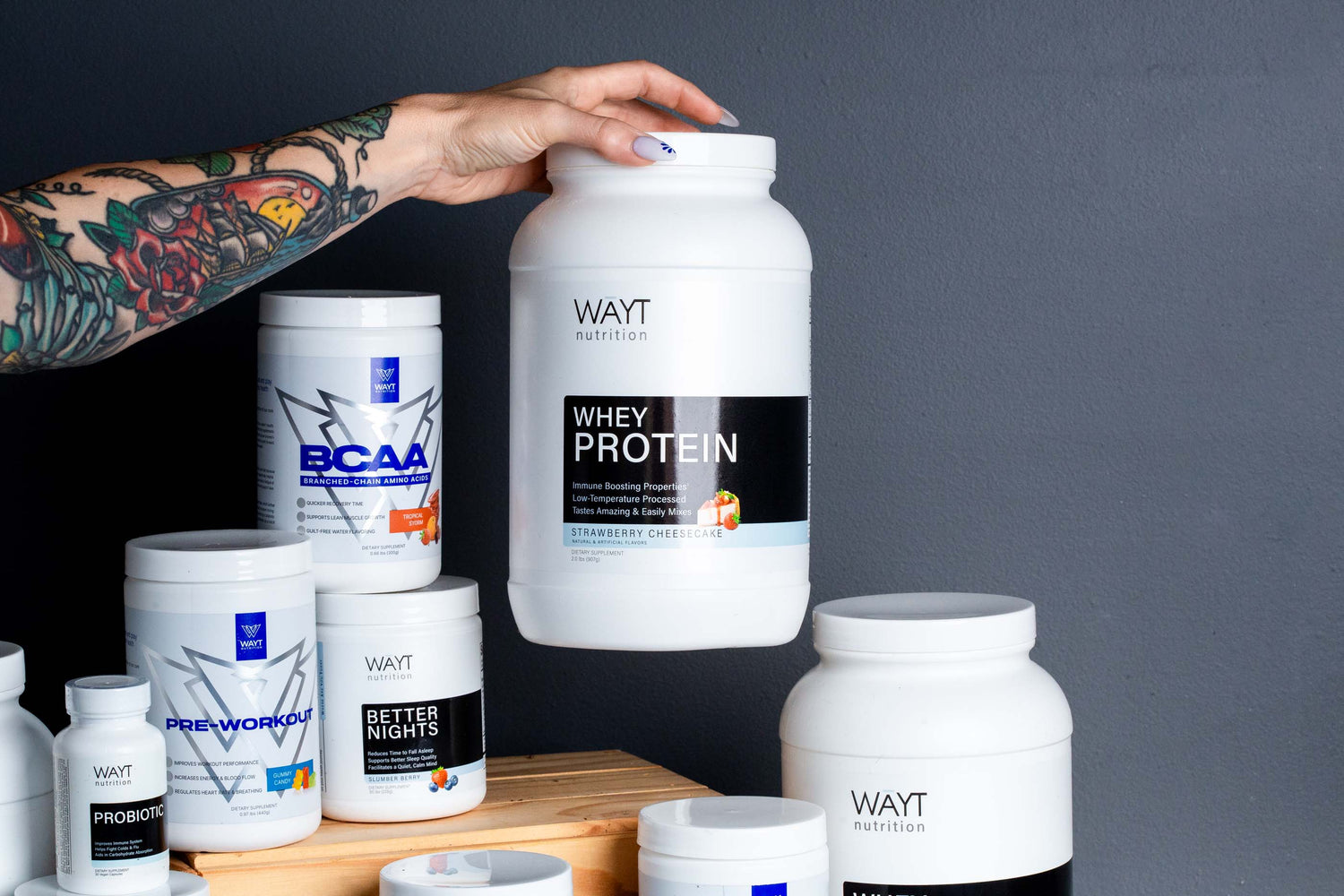Migraines are a painful reality for many and can be triggered by everything from strong smells to flashing lights. Although there are tons of triggers for migraines, there are limited treatment options. Not everyone responds to all medications and treatments.
Tackling migraines may require a combination of seeking out a medical treatment plan while following some best practices and emerging research. Here are some ways diet and exercise could help your migraines and help you live your best life.
Improve Your Gut Health
Emerging research suggests that frequent headaches and migraines are often connected to gastrointestinal problems. Studies also show that people with Irritable Bowel Syndrome and inflammatory bowel symptoms also experience migraines. Eating more yogurt and incorporating probiotics into you regular diet could help rebalance and improve your overall gut health. Flavorful food like kimchi, pickles, and kombucha are also sources of probiotics.
A supplement can also help to ensure you're getting enough quality probiotics in your diet. Our supplement offers a probiotic blend and digestive enzymes focusing on immune support.

Focus on Aerobic Exercises
Adding more aerobic exercise, like walking or running, could help reduce the frequency of your migraines and lessen the severity. Along with the possible benefits to your migraines, aerobic exercise also supports heart health. However, if you're new to aerobic exercise, start slowly and see how it impacts you. Everyone is different, and you may find specific types of activities help more than others.
Try More Magnesium Rich Foods
Science shows a link between magnesium and migraines. People with frequent migraines usually show lower magnesium levels than those who don't. There's also a theory that magnesium can block brain signals that lead to migraines with an aura and other vision changes.
Fortunately, there are plenty of foods you can incorporate into your healthy lifestyle for more magnesium. Try bananas, avocados, who grains, nuts, and even dark chocolate.

Incorporate Yoga Into Your Fitness Routine
Aerobic exercise isn't the only activity to help reduce migraine activity. Yoga can help loosen your neck, shoulders, and head to reduce migraine pain. The meditative exercise also helps calm your nerves and reduce stress, improving migraine and headache symptoms.
Optimize Your Weight
Optimizing your weight is shown to improve migraines, lessen the pain, and reduce the frequency. Although losing weight shows promise in helping with migraine health, gaining weight can too. Studies show that being underweight can also aggravate migraine symptoms.
Start tracking your eating habits to see how you can improve and optimize your health. If you're underweight, adding more high-calorie, nutrient-packed foods like avocado and nuts could help. Whether you're looking to gain or lose some weight, our coaching programs can help get you on track and offer the coaching and accountability you need to succeed.

Track Your Results
One of the most important aspects of getting on top of migraine frequency and pain is tracking your results. Some people may report significant improvement after taking up running, and others may say it triggers a migraine. Start by talking to your healthcare provider about a treatment plan. Next, incorporate some of the best practices and research and track your results. You'll figure out what works for you and what to eliminate from your lifestyle.

